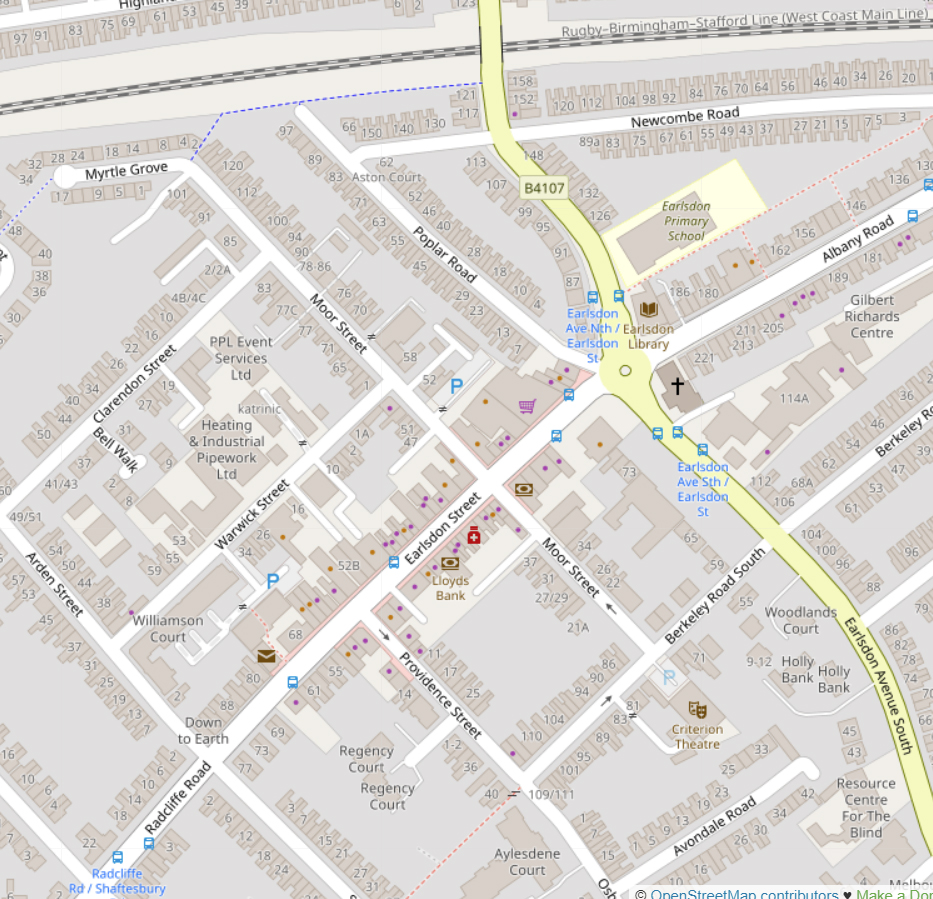
Today we have the eighth episode of Peter Walter’s series of lockdown walks “being a compendium of idle facts, hidden places and meaningless historiana gathered on walks within easy striding distance of the writer’s abode – and beyond”.
In 1915, the good folk of Earlsdon decided the time had finally come to cut down the last tree standing on the winding old country lane that had become Earlsdon Avenue.
It wasn’t a surprise. The motoring age was already nearly twenty years old. It had been more than ten years since a young man living locally had become the first person in Coventry convicted for driving too fast in an automobile. Yet the mature elm tree was standing, not on the pavement but actually in the roadway.

This kind of stiff-necked refusal to bow to changing times may well have been the sort of thing that led other Coventrians to think up a disrespectful label for Earlsdon folk, ‘All Brown Boots And No Breakfast.’
It was a dig at the watchmaking community that came to dominate Earlsdon in the decades after 1852, when thirty-two acres purchased from cow dealer William Pickering were laid out as its first eight streets. Watchmakers were a conservative breed, intensely proud of their craft, and felt themselves a cut above other artisans, notably weavers. They would indeed possess a second pair of boots, brown for Sundays, even if it meant going hungry.
These days, Earlsdon central shows little of the old farming landscape from which it sprang. On Earlsdon Street itself, café tables and chairs have replaced the neat front gardens, with their roses and railings, that once gave it a country village feel.

Arden Street may bear the name of a legendary forest, but its most intriguing historical feature is perhaps the old police station, where in cells out the back ‘juvenile delinquents’ were banged up at the Chief constable’s pleasure during the First World War. Round the corner, in Clarendon Street, when Rotherhams’ foreman Arthur Morgan had a house built for him in 1895, he could look out over field and brook to Hearsall Common. Now there are other streets in the way.
And so on to ‘Ation’ corner, where Earlsdon Avenue sweeps down the hill to the roundabout at the top of Albany Road. Old Earlsdon folk reckoned that if you stood here and took in all four corners of the junction you’d see Education (Earlsdon School), Co-operation (Earlsdon’s original Co-op store), Damnation (City Arms) and finally Salvation (Earlsdon Methodist Church). Must have made sense at the time.
